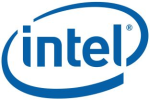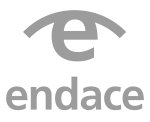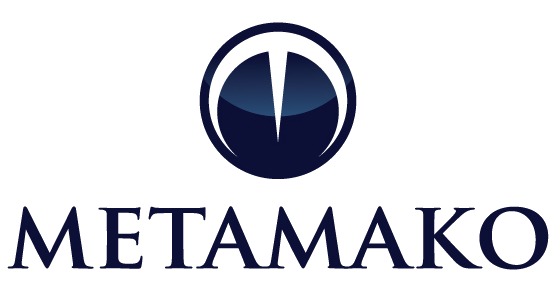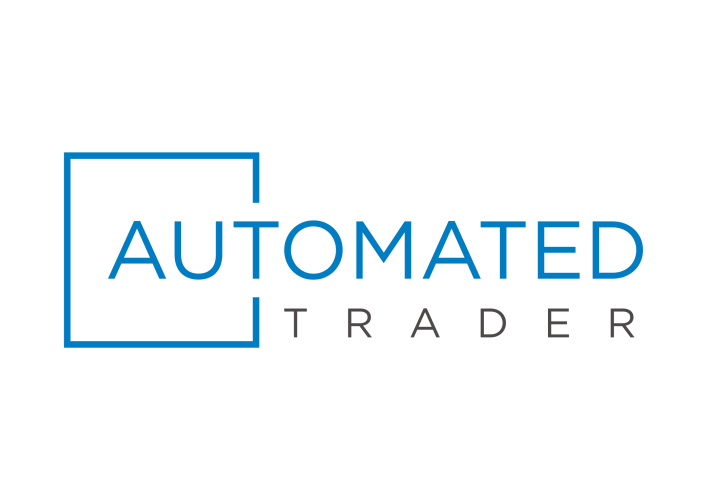STAC Summit, 10 May 2016, London
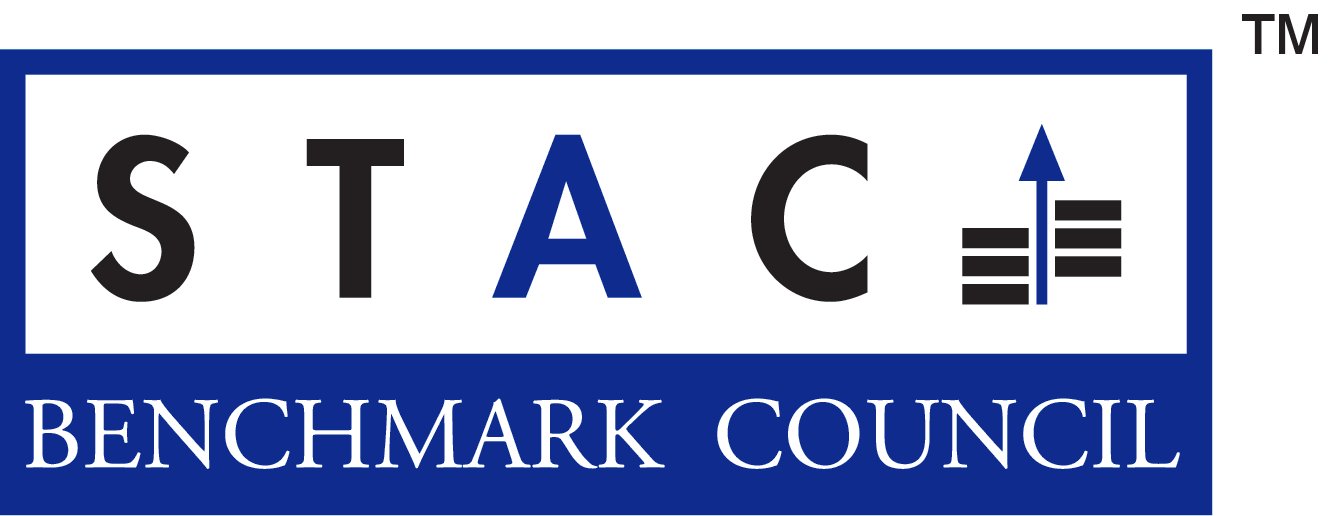
WHEN
Tuesday, 10 May 2016
WHERE
America Square, Ludgate Suite
17 Crosswall, London EC3N 2LB

AGENDA
Click on the session titles to view the slides (may require member permissions).
 Big Data
Big Data
 Fast Data
Fast Data
 Big Compute
Big Compute
STAC Exchange

 |
|
|
Vendors with exhibit tables at the conference. (click here for the exhibitor list). |
Standards for achieving and demonstrating UTC traceability |
|
|
The STAC-MiFID 2 Special Interest Group and STAC-TS Working Group are facilitating industry dialog on compliance with MiFID 2 time sync and event reporting while defining standards that regulated firms can use to design timestamping solutions and demonstrate UTC traceability. Peter and Shep will provide an update on the progress of these groups and how the trading community can benefit. |
Key decisions on the road to MiFID 2 time compliance |
|
Regulated firms are starting to plan and budget their implementations of MiFID 2 event reporting and time synchronization, with some are already taking action on aspects that clearly need to be in place. This exercise quite quickly brings up business and technical decision points. For example, how do we achieve compliance in an environment with hundreds of regulated applications? How much proof of compliance is enough? What roles can application timestamping and network timestamping play? How much of our infrastructure can we leave as is? Are there non-regulatory benefits to be gained from upgrades? Our panel will pick up where the MiFID 2 Workshop left off, debating these questions and more. |
Innovation Roundup - MiFID 2 related propositions |
|
| "MiFID Compliance Reporting Made Easy with VelaSync" Dave Sohn, Senior Product Manager, Spectracom |
|
| "Measuring MiFID II Compliance: How to Audit and Monitor your Time Synchronization Infrastructure" Daniel Boldt, Senior Software Engineer, Meinberg |
|
| "Low latency networking, time synchronization and packet capture using Exablaze NICs and switches" Matthew Grosvenor, Consulting Engineer, Exablaze |
|
| "Achieving MiFID II Time Sync Targets on Windows" Steve Ratzlaff, Director, Greyware Automation Products, Inc. |
|
| "Endace DAG Data Capture Cards/EndaceProbe Network Recorders" Stuart Wilson, CEO, Endace |
Time synchronization in multi-site architectures |
|
|
In order to comply with time-synchronization requirements driven by regulations such as MiFID 2 or business needs such as latency monitoring, many firms are turning to the Precision Time Protocol (PTP) to synchronize clocks within a data center. Can this approach be extended across a wide area? Many enterprises have multiple sites. Do they need redundant sources of UTC in each data center, such as GPS-fed grand master clocks, or can the UTC source in one data center be leveraged in other sites using PTP over the WAN or MAN? How does one certify synchronization across sites? In this talk, Stephen will provide data from tests Endace that has conducted with PTP over wide-area networks and discuss the implications for multi-site architectures. |
PTP and security: Understanding risks and best practices |
|
|
While PTP is proven to meet tight time-sync requirements, it was not originally designed with security in mind. This issue has become more important as industries such as utilities, telecoms, and the financial markets adopt PTP for mission-critical tasks. Insider and outsider attacks on PTP networks pose a significant risk to many time-sensitive application areas. After summarising PTP-related work from the OSNA research group at NUI Galway, Michael will describe the relevant threat models for time-sync protocols (e.g., as defined in RFC7384) and outline short- and medium-term best practices with state-of-the-art PTP security mechanisms, as well as highlighting areas where further work is required. |
STAC Update: Network I/O |
|
|
Peter will explain the latest developments related to the STAC Network I/O Special Interest Group. |
Innovation Roundup - Low Latency |
|
| "High Performance Networking in Increasingly Regulated Environments" Eitan Rabin, Sr Director Financial Services Software, Mellanox |
|
| "Introducing NovaLink" Yves Charles, VP Business Development, NovaSparks |
|
| "8000 Series" Steve Pope, CTO, Solarflare |
The data center is the computer, but is it time for an upgrade?  |
|
Several years ago engineers at Google popularized the notion that the "data center is the computer", arguing that an Internet giant--and soon other industries--would stop thinking of a pizza box as the unit of compute and instead think of the data center itself as a warehouse-scale computer. That has been the case for some time in finance, where workloads like risk analysis and strategy backtesting require orchestration of large compute and storage resources. Adoption of big data technologies for workloads like anomaly detection has increased the application scope. How has the computing picture changed in the last few years? How well is the IT industry delivering on the promise of data-center computing? What kind of hardware innovations are making it more compelling, and what is still needed? How about the software industry? We'll dig into these topics with a few experts who have more than an academic interest in them. |
STAC Update: Big Data |
|
|
Peter will describe progress with activities under the "big data" umbrella, including the latest enterprise tick analytics benchmark results (STAC-M3), strategy backtesting benchmarks (STAC-A3), and work with Apache Spark resource management. |
Innovation Roundup - Big Data |
|
| "Turning the tables around: high speed risk analysis" Edouard Alligand, President and CTO, quasardb |
|
| "Avere - Enabling Cloud Compute Bursting in Quantitive Finance" Leigh Huntridge, EMEA Sales Director, Avere Systems |
|
| "Enhancing Customer Performance" James McCarthy, Data Scientist, First Derivatives |
|
| "Your applications are precious, your database isn't: re-platforming made easy" Mike Waas, Founder & CEO, Datometry |
VaR in Spark for FRTB |
|
|
Risk managers use value-at-risk (VaR) widely to measure and control the level of risk their firms undertake. VaR is not simply additive: that is, VaR(assets A & asset B) does not generally equal VaR(asset A) + VaR(asset B). This provides unique challenges to report VaR at any aggregate level, such as portfolio, desk, business hierarchy, or firm, as traditional database aggregation functions don't work. In this talk, Deenar will explain how the Hive complex data types and user defined functions can be used very effectively to provide simple, fast, and flexible VaR aggregations. These functions, combined with other standard Hive features, can provide not only aggregate reporting but also other features such as slice and dice, rollups, and what-if analysis. Using Spark SQL's external data sources, VaR aggregation and reporting can also be done over a business hierarchy sourced from a relational database. Deenar will also show how to use these building blocks to succinctly and easily implement the new BCBS risk measures introduced as part of the fundamental review of the trading book (FRTB), including expected shortfall, P-values, and market liquidity premia. |
STAC Update: Big compute |
|
|
Peter will review the latest STAC-A2 benchmark results for high-performance computing stacks. |
Knights Landing Lands at STAC |
|
The next generation of Intel Xeon Phi—code named Knights Landing or KNL—is not yet released, but STAC has been able to subject a KNL system to STAC-A2, the standard benchmark suite based on financial market risk analysis. Manufactured with a 14-nanometer process, KNL is the first Xeon Phi co-processor that fits into a CPU socket and can run as the host processor with direct access to host memory. After Ian explains a bit about how KNL works, Peter will pry open the STAC Vault to give the audience a sneak peek at the KNL STAC-A2 results. |
Practical vectorization of C++ code for SIMD acceleration |
|
|
The C++ programming language is evolving to better address the needs of high-performance development on modern architectures---now often hybrid combining multi-core SIMD CPUs with accelerators--and is offering more and more tools for parallelism and fast math in each iteration of the standard. In this talk, Mathias, author of the Boost.SIMD library for vectorization and contributor to proposals to incorporate SIMD into a future version of C++ (P0203 and P0214, targeting Parallelism TS 2 and C++19), will explain how to improve the performance of your C++ code by programming the SIMD processing units of processors explicitly. |
What HFT wants from C++ (and how to get it) |
|
C++ remains a highly popular language with developers of low-latency financial applications. But despite extensive use of C++, the traditionally secretive HFT industry hasn't had much influence on the direction of the language itself. Is that about to change? The ISO C++ committee's study group SG14 has recently begun reaching out to HFT developers to elicit their input to C++ standards, and some are getting involved. How does this process work? What kind of enhancements are under consideration? What implications would a more latency-focused C++ standard have on HFT development and developers? What are the key things that *you* would like to see in C++? We'll get views from a panel of SG14 members and other low-latency C++ developers including Carl Cook of Optiver, Neil Horlock of Credit Suisse, and Jason McGuiness of CountZero. |
PLATINUM SPONSORS
GOLD SPONSORS
MEDIA PARTNERS
About STAC Events & Meetings
STAC events bring together CTOs and other industry leaders responsible for solution architecture, infrastructure engineering, application development, machine learning/deep learning engineering, data engineering, and operational intelligence to discuss important technical challenges in finance.

